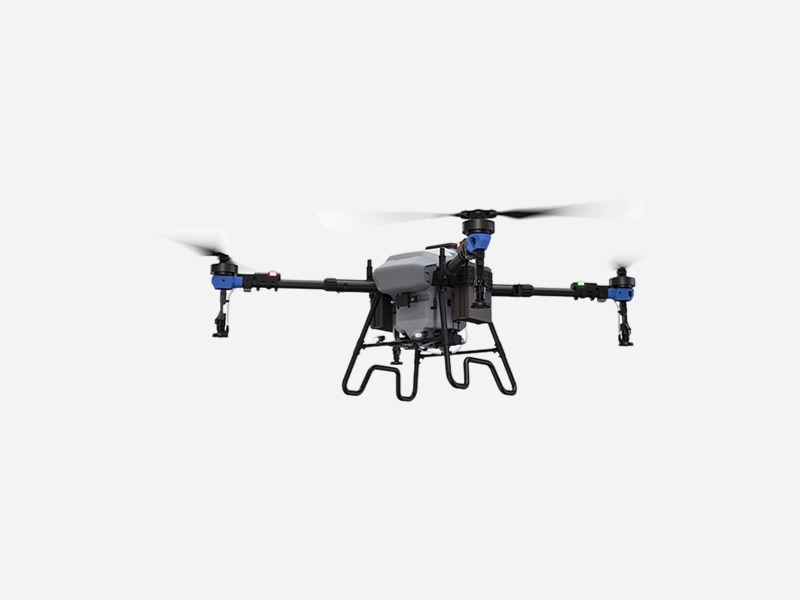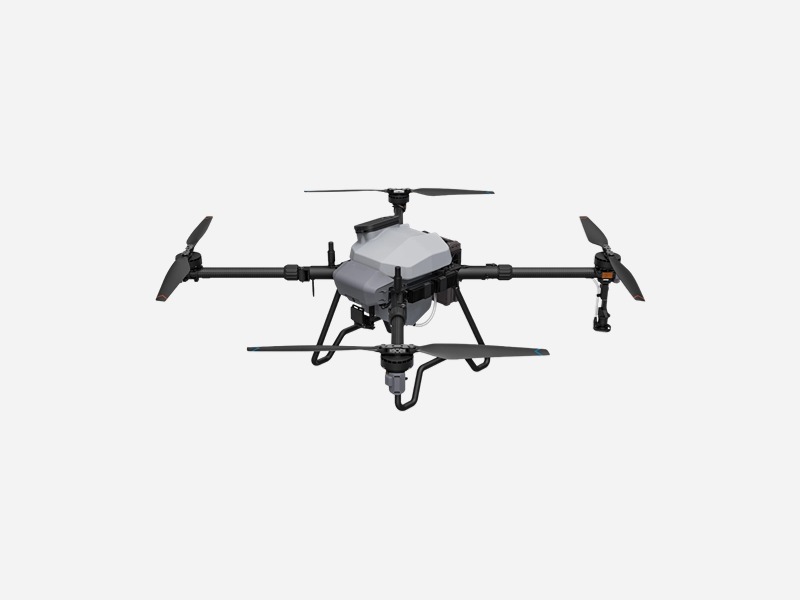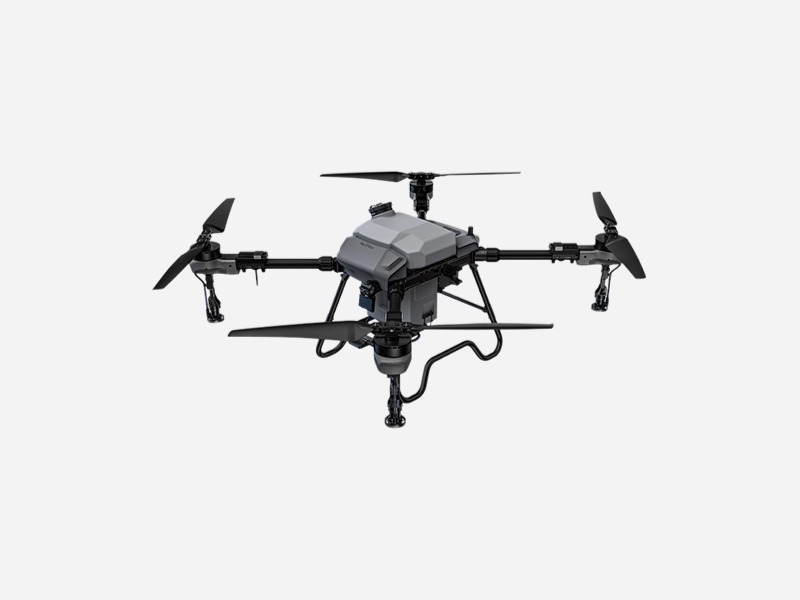
Did you know that the global agricultural drone market is projected to reach a staggering $6.5 billion by 2026? This explosive growth highlights how UAV (Unmanned Aerial Vehicle) technology is revolutionizing farming practices around the world.
Understanding UAV Drone Agriculture and Its Key Features
uav drone agriculture represents a significant advancement in precision farming, allowing farmers to monitor crops with unprecedented accuracy. These drones are equipped with advanced sensors and imaging technologies that can assess plant health, soil conditions, and even predict yields. One of their standout features is their ability to cover large areas quickly while collecting vast amounts of data for analysis. In terms of testing methods, these drones undergo rigorous evaluations to ensure they meet industry standards for performance and reliability.
Find more about best self propelled sprayer.
Diving Deeper into Best Self Propelled Sprayer Testing Methods
The best self-propelled sprayers have become essential companions for UAVs in modern agriculture. When it comes to testing methods, these sprayers are evaluated based on several criteria including spray uniformity, operational efficiency, and ease of use. Advanced simulation techniques allow manufacturers to optimize nozzle designs and droplet sizes before actual field tests take place. Furthermore, real-time monitoring systems provide feedback during application processes ensuring optimal pesticide or fertilizer distribution across fields.
A Closer Look at Agma-Toyar’s Testing Methods Characteristics
- Comprehensive Data Collection: Agma-Toyar employs sophisticated algorithms that analyze flight patterns and environmental factors during testing.
- User-Friendly Interfaces: Their software solutions offer intuitive dashboards making it easy for operators to interpret data collected from UAV flights.
- Sustainability Assessments: They focus on minimizing chemical runoff through precise application techniques tested under various conditions.
- Error Detection Mechanisms: Built-in diagnostics help identify potential issues in real-time ensuring safe operation throughout the test phases.
- Cumulative Performance Metrics: Continuous evaluation allows them to refine both hardware capabilities and software functionalities over time.
The Conclusion: The Future of Testing Methods in UAV Drone Agriculture

In summary, UAV drone agriculture stands at the forefront of technological innovation within the farming sector. With robust testing methods employed by leading companies like Agma-Toyar alongside advancements in self-propelled sprayers, we can expect more efficient crop management strategies moving forward. As this technology continues evolving, its impact on sustainable agricultural practices will undoubtedly be profound—ushering us into a new era where precision meets productivity seamlessly!

